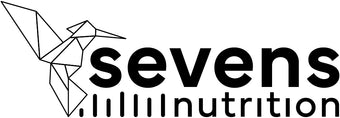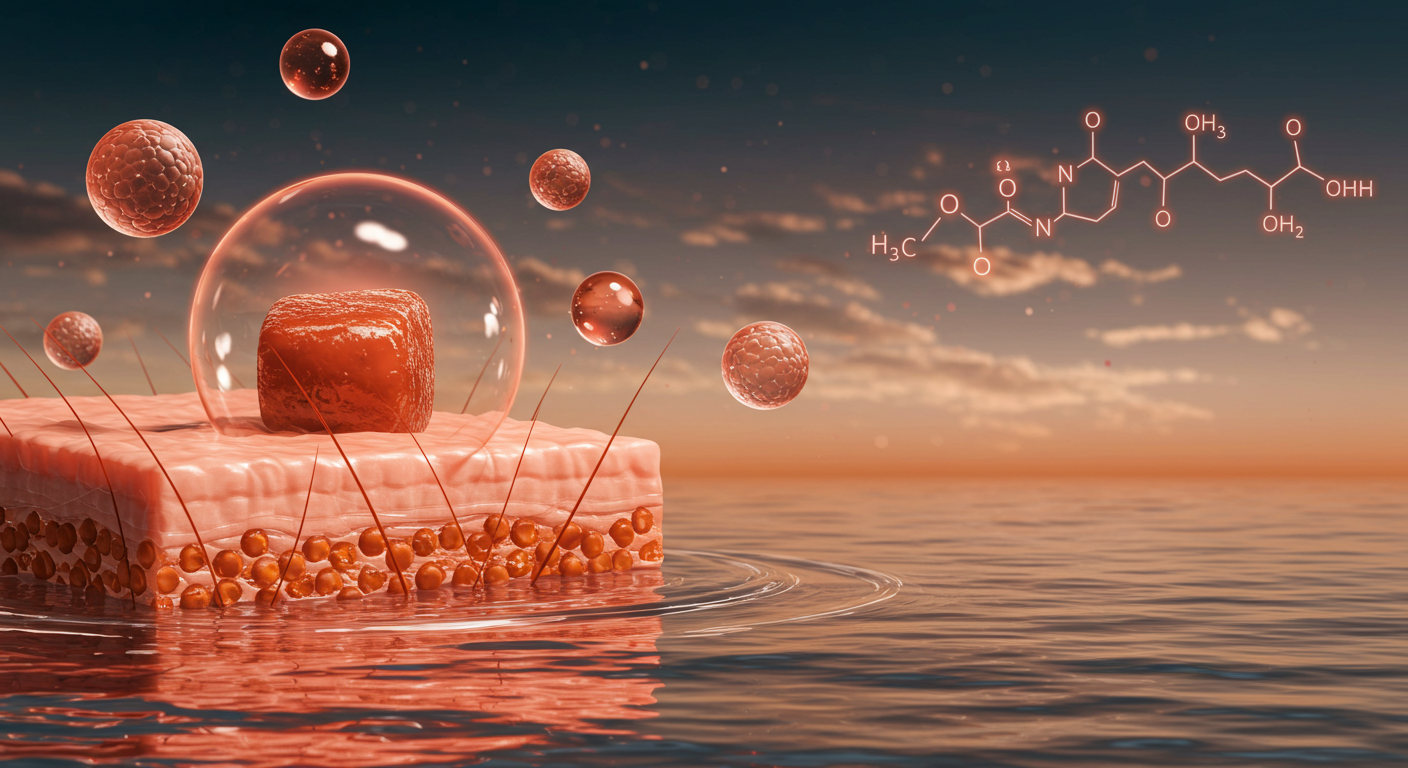Astaxanthin, an antioxidant and anti-inflammatory carotenoid with significant therapeutic potential, faces limitations such as its low water solubility, instability under certain conditions, and limited bioavailability . These barriers have limited its widespread application. However, encapsulation techniques have emerged as an innovative strategy to overcome these challenges and optimize the delivery and efficacy of astaxanthin.
What is Encapsulation?
Encapsulation involves enclosing astaxanthin within a protective matrix or carrier system, such as liposomes, nanoparticles, or microcapsules. This approach offers multiple advantages:
1. Improved Solubility and Stability
- Encapsulation increases the solubility of astaxanthin in aqueous environments, facilitating its incorporation into foods and beverages.
- Protects astaxanthin from degradation caused by light, heat and oxygen, preserving its bioactivity during storage and processing.
2. Greater Bioavailability and Absorption
- By controlling the release of astaxanthin, encapsulation improves its absorption in the digestive system, increasing its bioavailability and therapeutic efficacy.
- For example, astaxanthin formulated with lipids or encapsulated in liposomes has shown significantly greater absorption compared to its free form.
3. Targeted Delivery
- Encapsulation technologies allow for targeted delivery of astaxanthin to specific tissues or organs, maximizing its therapeutic benefits and reducing potential side effects.
- Research has explored nanoparticles designed to cross the blood-brain barrier, facilitating the delivery of astaxanthin to the brain for its neuroprotective action.
Encapsulation Methods for Astaxanthin
There are several encapsulation methods, each with advantages and limitations depending on the application:
1. Liposomes
- Spherical vesicles composed of phospholipids that can encapsulate hydrophilic and hydrophobic compounds.
- Advantages: They improve the stability and bioavailability of astaxanthin.
- Application: Suitable for intravenous or topical administration.
2. Nanoparticles
- Solid particles in the range of 1 to 100 nm, which offer a high surface-to-volume ratio, improving the loading and release of astaxanthin.
- Materials used: Polymers, lipids and polysaccharides.
- Application: Ideal for oral or brain-directed administration.
3. Microencapsulation
- It involves trapping astaxanthin within microscopic capsules using techniques such as spray drying or coacervation.
-
Advantages:
It is a cost-effective option that provides sustained release of astaxanthin. -
Application:
Useful for functional foods and dietary supplements.
Considerations for Choosing an Encapsulation Method
The choice of encapsulation method depends on several factors:
-
Desired release profile:
Sustained, controlled or immediate release. -
Target site:
For example, the brain requires systems that cross the blood-brain barrier. -
Application:
Food, supplements, intravenous or topical administration.
Future Perspectives and Conclusion
Although significant advances have been made in encapsulation techniques, further research is needed to optimize the targeted delivery of astaxanthin to the brain and improve its therapeutic efficacy in clinical settings. Encapsulation could also open up new possibilities for its use in the treatment of neurodegenerative diseases, neuroinflammation, and healthy aging.
Advances in encapsulation technologies promise to expand the applications of astaxanthin as a valuable nutraceutical to promote brain health, support healthy aging, and maximize its antioxidant and anti-inflammatory benefits.
At Sevens , we're committed to exploring innovative solutions to maximize the potential of astaxanthin and offer products that effectively and sustainably support your well-being. Discover how science and nature combine to improve your overall health!




